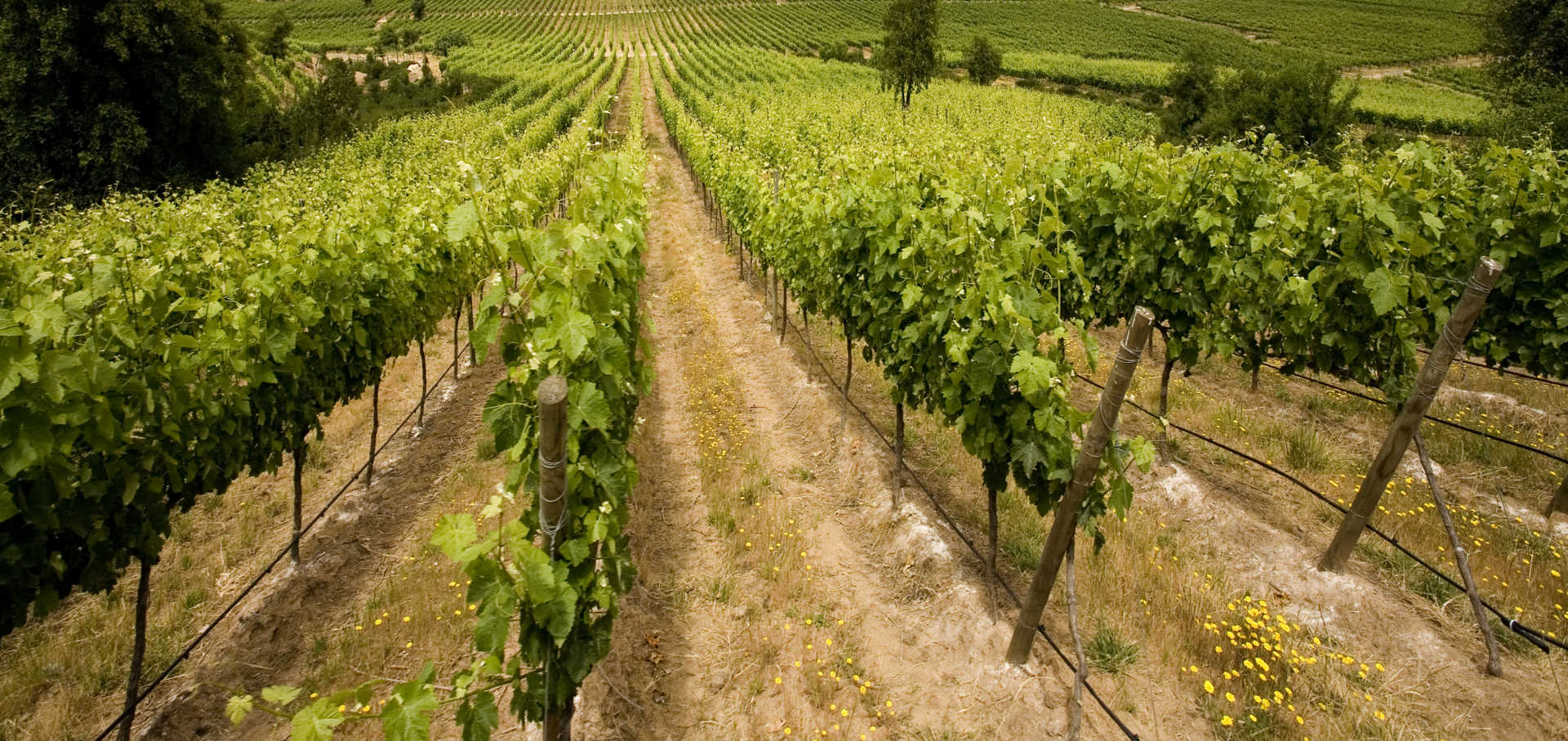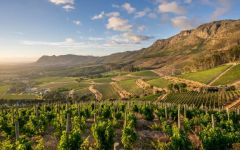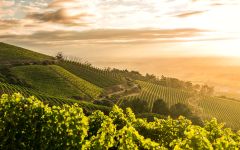Klein Constantia Sauvignon Blanc 2020
-
Robert
Parker - Decanter



Product Details
Your Rating
Somm Note
Winemaker Notes
Light and bright in appearance. Fresh flavors of grapefruit, green fig and an oyster shell salinity fill the nose. Full bodied and concentrated, the palate is textured with a light acidity and bold minerality. An elevated expression of Sauvignon Blanc. The wine concludes with crisp and long spicy finish.
Professional Ratings
-
Robert Parker's Wine Advocate
Fresh, crisp and zesty on the nose, the 2020 Sauvignon Blanc offers aromas of fresh citrus peel and sweet peppers, with a hint of herbaceous character. Medium-bodied, the palate is lively with energetic acidity and shows a clean and correct profile before ending with a fresh, citrus-laced finish that has me daydreaming about raw shellfish.
-
Decanter
Refined herby-grassy notes, with wet slate and light granadilla detail. Crisp with lively acid and a honeyed ripe lemon and grapefruit flavour.
Other Vintages
2022-
James
Suckling -
Robert
Parker
-
Robert
Parker -
James
Suckling
-
Robert
Parker
-
Wine
Spectator -
James
Suckling
-
Robert
Parker -
James
Suckling
-
Robert
Parker
-
Robert
Parker
-
Robert
Parker
-
Wine &
Spirits







Described as one of the world’s most beautiful vineyards, Klein Constantia is set amidst ancient trees and lush greenery on the upper foothills of the Constantiaberg, with superb views across the Constantia Valley and False Bay.
The HECTARE WINE ESTATE originally formed part of "Constantia", a vast property established in 1685 by Simon van der Stel, the first governor of the Cape. This particular valley was chosen not only for its beauty, but also for the decomposed granite soils on its slopes, gently cooled by ocean breezes.
Prized by leaders and aristocracy throughout 18th Century Europe, Constantia’s Vin de Constance was revived by Klein Constantia in 1986, reaffirming this unique natural sweet wine’s place in history.
Today, Klein Constantia continues to make some of South Africa’s top wines and the world’s best dessert wine; wines that reflect the cool Constantia climate, as well as their historic tradition.

Capable of a vast array of styles, Sauvignon Blanc is a crisp, refreshing variety that equally reflects both terroir and varietal character. Though it can vary depending on where it is grown, a couple of commonalities always exist—namely, zesty acidity and intense aromatics. This variety is of French provenance. Somm Secret—Along with Cabernet Franc, Sauvignon Blanc is a proud parent of Cabernet Sauvignon. That green bell pepper aroma that all three varieties share is no coincidence—it comes from a high concentration of pyrazines (herbaceous aromatic compounds) inherent to each member of the family.

With an important wine renaissance in full swing, impressive red and white bargains abound in South Africa. The country has a particularly long and rich history with winemaking, especially considering its status as part of the “New World.” In the mid-17th century, the lusciously sweet dessert wines of Constantia were highly prized by the European aristocracy. Since then, the South African wine industry has experienced some setbacks due to the phylloxera infestation of the late 1800s and political difficulties throughout the following century.
Today, however, South Africa is increasingly responsible for high-demand, high-quality wines—a blessing to put the country back on the international wine map. Wine production is mainly situated around Cape Town, where the climate is generally warm to hot. But the Benguela Current from Antarctica provides brisk ocean breezes necessary for steady ripening of grapes. Similarly, cooler, high-elevation vineyard sites throughout South Africa offer similar, favorable growing conditions.
South Africa’s wine zones are divided into region, then smaller districts and finally wards, but the country’s wine styles are differentiated more by grape variety than by region. Pinotage, a cross between Pinot Noir and Cinsault, is the country’s “signature” grape, responsible for red-fruit-driven, spicy, earthy reds. When Pinotage is blended with other red varieties, like Cabernet Sauvignon, Merlot, Syrah or Pinot Noir (all commonly vinified alone as well), it is often labeled as a “Cape Blend.” Chenin Blanc (locally known as “Steen”) dominates white wine production, with Chardonnay and Sauvignon Blanc following close behind.
